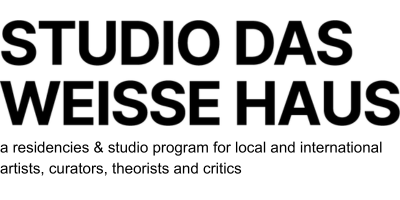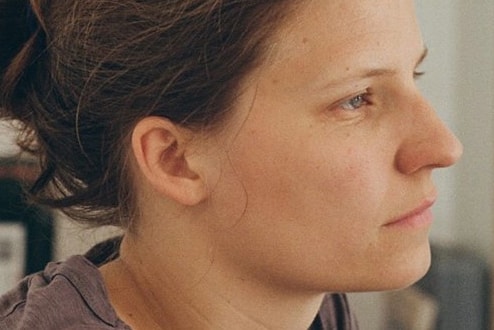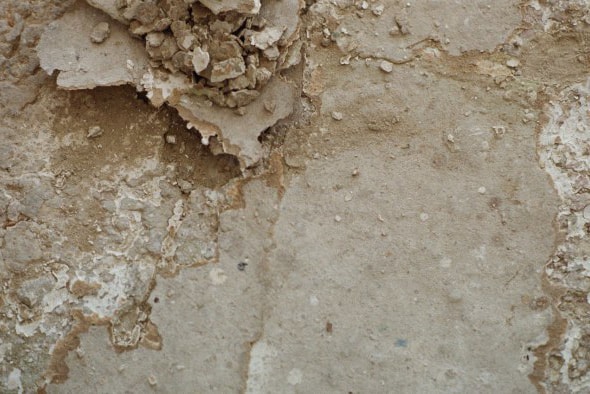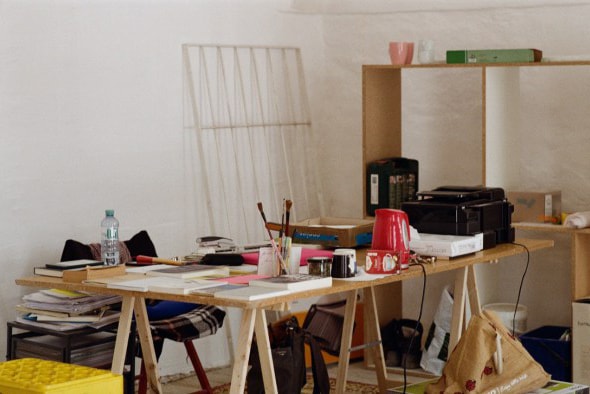Here is a sneak peek at the artist’s current focus, from a text about the studio’s floor:
“the studio as a space and site of reconstruction and as a conditional site of stories,
of the search for stories and the layering of searching.
the floor of an old painting workshop becomes an archeological place of discovery
and visiting surface.”
(Nina Herlitschka, work in progress, 2016)
Nina Herlitschka’s works are often performances; they can incorporate cross-media (sound, text, objects, screens) but can also function without requiring additional media – however, they always negotiate the issue of possible reference systems. The sound she uses is greatly inspired by John Cage and Phil Glass, in other words by minimal music and the score as a structure; this can refer to movement and space, as well as to an instrument.
The piano was a dominating element in Nina Herlitschka’s performances between 2009 and 2013, not only as an instrument, but also as an object. It embodies something that can be played and climbed (piano climb), used in a performative way or defamiliarized. Her texts are songs, excerpts, reductions, descriptions or fragments which are related to movement, tones and rhythms. The artist is also dealing with subjects of art theory and cultural science. Her diploma thesis entitled Performance as curatorial practice on the basis of the concept La Monnaie Vivante by Pierre Bal-Blanc, as well as her performance body of exhibition are focusing on curating as a performative concept (or the other way around) and on performance in the exhibition context. The written work as well as the performance problematize positioning and contextualizing; they analyze how living objects and not-moving subjects (Pierre Bal-Blanc) are situated next to each other. The anchoring of performance in the exhibition space and within the fine arts context is central in Nina’s works. This matter is also very actual in contemporary art – especially if one considers the question of how different time frames and durations of performances can overlap and how borders and hierarchies are made visible in order to emphasize the diversity of forms and to encourage their equivalence. Within this framework, the artist is working on a book which will be published this year. It lays open her three-year-research on performance in the exhibition context and attempts to extend the issue of artistic research into that of performance. With body of exhibition. Performance as curatorial practice, Nina Herlitschka would like to shape a plateau in favor of contextualizing performance within the fine arts.



